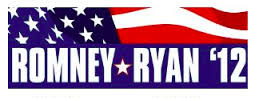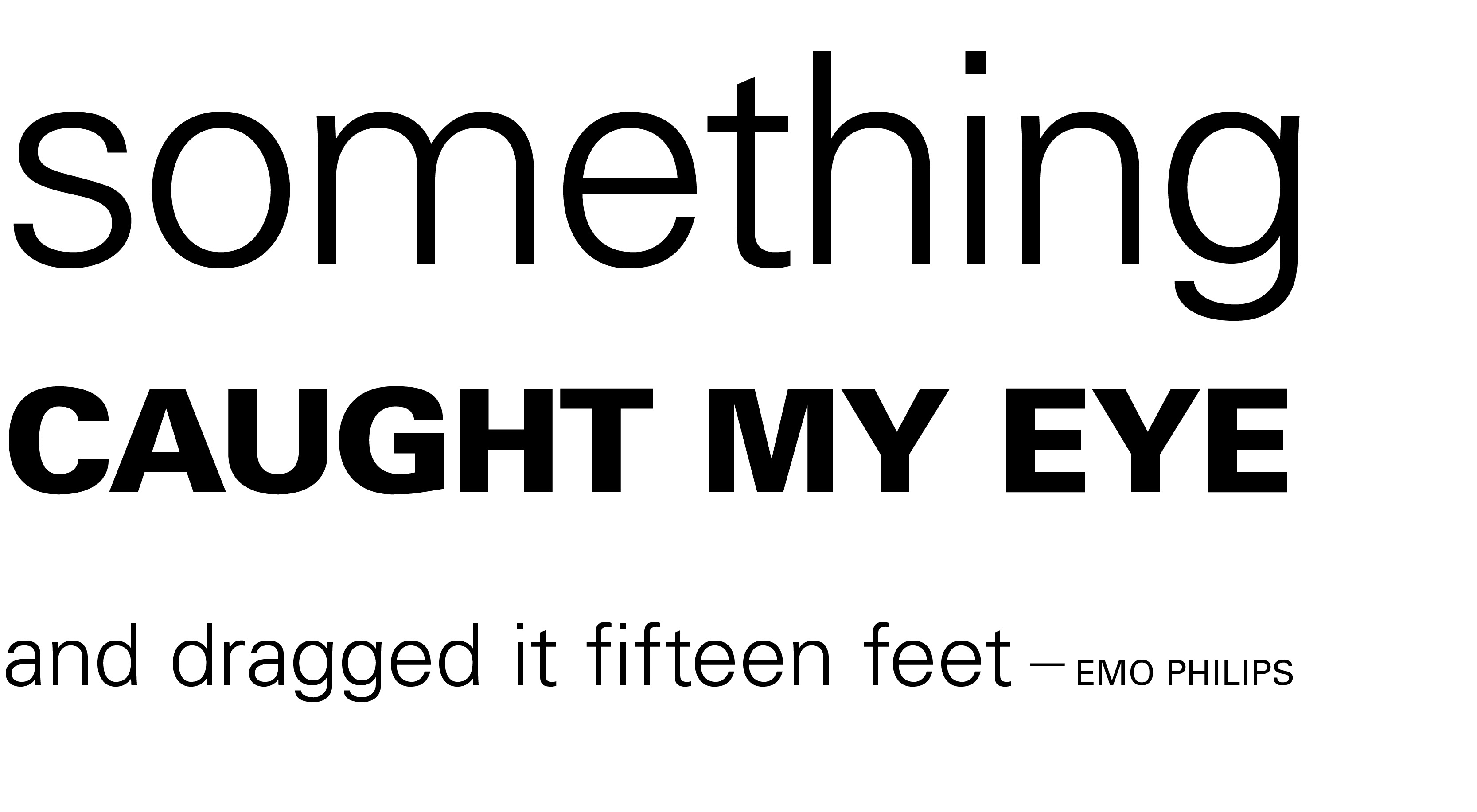Measure = the number of characters (letters and spaces) in a line of type.
If you’re hoping that a live person might actually read your writing, make it easy on them. A measure of more than 78 characters and your reader is likely to go watch an episode of “The Real Housewives of New Jersey” between lines.
Here are the commandments from the bible of typography, The Elements of Typographic Style:
• 45 to 75 characters is a good length for a single-column page
• 66 characters is ideal
• For multiple columns 40 to 50 characters is better
This is, of course, dependent on your type size. Average size for a printed publication is 10 to 12 points.You would not want to write lines of text 60 characters long in 36-point type. The publication would be the size of your car.













